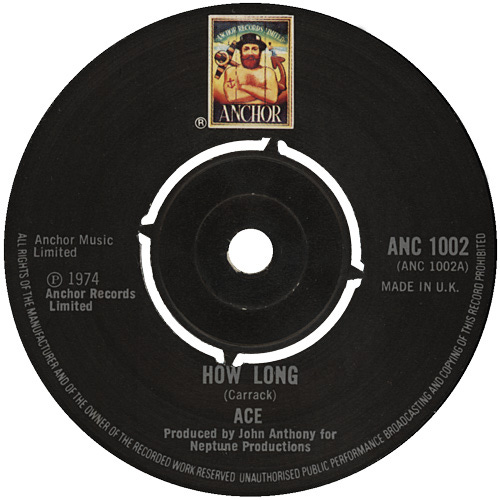Welcome to Part Two of the Start Here series.
You can check out Part One here.
🤥 I lied to you.
Last week when we talked about form, I wasn’t completely honest with you. I deliberately left out a crucial aspect of form: the length of each section.
Let’s rectify that right now.
Form isn’t just the names we give to song sections.
Verse, chorus, bridge… these things are important.
But no matter what name you use, you still need a vital piece of information:
👉 How long is it?
We don’t say things like “the intro lasts for 3.825 seconds.” That would be dumb and unhelpful. No, the musical ruler for how long something is is “MEASURES.”
Once more for the people in the back:
Measures (aka bars) are our musical ruler.
“the intro is four bars long”
“watch out—Verse 2 has an extra measure before the chorus”
“there’s a two-bar Re Intro between Chorus 1 and Verse 2”
Most Western music is based on groups of 4-bar phrases.
Multiples of these 4-bar phrases form our most common sections:
4 x 1 = 4 bars = common length of an INTRO or PRE CHORUS
4 x 2 = 8 bars = common length of a VERSE or CHORUS
4 x 3 = 12 bars = common length of a blues form
4 x 4 = 16 bars = common length of a long chorus
4 x 0.5 = 2 bars = common length for a RE INTRO or INTERLUDE
There’s no rule saying you have to have sections of these lengths. But they’ve been used so many times in the past that it just sounds normal & intuitive to our ears.
We’ll revisit this idea in the Conventions section of this series (because it has implications for how we write down songs).
But for now let’s continue on to the next logical question.
Bars (measures) are a unit of musical time…
…but how long is a bar?
Ah, now we’re getting somewhere.
👉 A bar is a recurring pattern of beats.
Just like most Western music is based on 4-bar phrases, by far the most common number of beats in a bar is also 4.
I did a little napkin math, and it’s not even close.
Of the top 50 most-streamed songs in Spotify history, 48 of them are based in 4. That’s 96%.
Of the 208 songs in The Beatles catalogue, ~201 of them are (mostly) made up of 4-beat bars. That’s also 96%.
In other words, if you turn on pop or rock radio right now, there’s 90+% chance that the song you hear will be based “in four.” If you’re trying to figure out how many beats are in a measure, the logical first guess is 4.
But those are just words. Let’s listen.
Here are five iconic drum beats, overlaid with the 1234 count.
Take Me To The River - Talking Heads
My Hero - Foo Fighters
Walk This Way - Aerosmith
When The Levee Breaks - Led Zeppelin
Funky Drummer - James Brown
👉 Most songs are built on this recurring pattern of four beats.
Of course, not every song is “in four.”
Maybe it’ll be helpful to hear a few examples.
Here’s a couple songs built on a recurring pattern of THREE beats.
Open Arms - Journey
Tuesday’s Gone
To really drive this home, let’s try forcing the wrong count:
🤢Open Arms counted in 4:
Can you hear how the count is fighting with the music?
🤢Walk This Way counted in 3:
Same thing—the count and the music don’t match!
There is so much more I want to tell you about this.
It doesn’t all fit here, so I made it into its own course.
Even if you don’t buy it, be sure to check out the lessons marked PREVIEW.
Here’s that link one more time.
Beats → measures → form
When we say “measures are our musical ruler,” it’s not just a figure of speech.
It’s not an accident that the top part of your DAW looks exactly like a tape measure:
And it’s not just the DAW—measures are the ruler of our music notation too:

Section length is a cheat code (especially for drummers)
Check out the drum chart for The Chicks’ Goodbye Earl:
no drums for the 8 bars of VERSE 1
VERSE 3 is 8 bars (a 2-bar phrase four times)
VERSE 4 is just like VERSE 3 but with one extra bar
CHORUS 1 lasts for 16 measures

That’s all I got for today.
Next week we’ll take a look at keys and chords.
Subscribe if you haven’t already:
See you next Wednesday,
Josh










Looking at drum arrangement really did ground me and help me visualize the whole song like you suggest - nice share